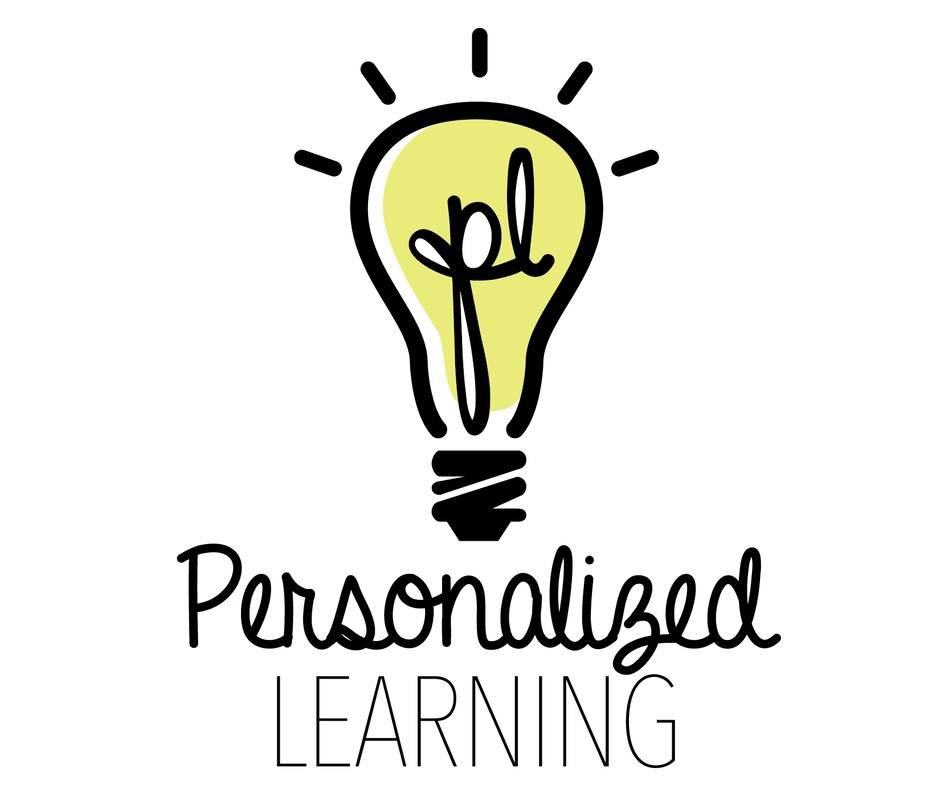|
Raise your hand if you remember fighting over who gets to be the teacher when playing school? Whether or not you want to admit it, we all yearned to be the one standing in front of the Fisher Price chalkboard holding that fresh piece of white chalk. This meant you were in charge, and your classmates had to do whatever you wanted. For many, this same desire for creative control of the chalkboard is why we ended up in the classroom. Regardless of past experiences within our own schoolyards, we all have that innovative voice that builds upon, and then exceeded what our teachers did in the classroom and which would result in student success. At times, we see ourselves as being creative and “personalizing” the learning. Then, because it worked so well, we have each new class of students repeat the same activity or project. Cue the quick pat on the back we give ourselves. We even collaborate and share our successes with other teachers, encouraging them to try it. Give them exact plans, materials, what to do, and what not to do. But what about this is innovative? What about this brings to light the varied success of our students? If we want innovation in the classroom, we need to personalize the learning. Merriam-Webster defines personalize as: Personalize; to make personal or individual; specifically: to mark as the property of a particular person (Merriam-Webster, 2018). Education is not a one size fits all situation, and as Webster emphasizes, personalization is the property of a particular person. Learning needs to become the property of our students. In order for authentic learning to transpire in the classroom we need to teach our students to own their learning. This is something I always agreed with and thought that I was great at. I would teach my students something new, watch them show mastery on their own (just as I had modeled), and I would feel proud. I would think, “Wow, my students are really owning their learning! I rock at this.” Only, there was a problem: they weren’t owning their learning, they were owning my learning! Having now been in the Innovation in Teaching Fellowship; going through all the workshops, design cycles, and PL learning excursion to observe other schools, I’ve definitely had my “ah ha” moment. I have realized the biggest key to my students’ success. In order for innovative learning to successfully manifest itself within my classroom, I need to truly hand over the keys to learning. I need to sign over the deed to the house, not just give my students renters’ rights. Though I always thought and said that I truly believe students should own their learning, I wasn’t giving them complete ownership. As I reflect on my history as an educator I see that I was simply renting out the house. My students’ could roam free within the walls of the house I owned, but I never signed the house over to them to own. Ask yourself, are you renting learning to your students or handing over the deed? If you are still the landlord I encourage you to sell. “Personalize.” Merriam-Webster.com, Merriam-Webster, www.merriam-webster.com/dictionary/personalize. Accessed 19 Feb. 2018.
1 Comment
Over the past four years, the central PL team has found that one of the best ways for educators to see personalized learning firsthand, grow professional networks, and be inspired to innovate within their own learning spaces is by going beyond their school walls and participating in learning excursions. Destinations like Denver, Colorado provide the perfect opportunity to learn more about the successes and struggles of districts and charter networks transforming education to better meet the needs of students with a more personalized and innovative approach. The central PL team recently traveled with campus leaders from two district high schools, as well as teachers participating in the current cohort of the Innovation in Teaching and Learning Fellowship, a 10-month teaching fellowship rooted in user-centered design to re-imagine how we educate every kid in Dallas ISD. Over the course of two days, our educators connected with students, teachers, and leaders at schools, visited classrooms and advisories, asking questions and reflecting on their own practice along the way. After her time visiting schools in Denver, Amanda Jones, an Innovation in Teaching Fellow from Bryan Adams High School, was inspired by how “an ordinary school day can be transformed when leaders rethink all that’s possible within an ordinary school with ordinary time constraints and strive to redesign existing school structures to offer truly extraordinary experiences for students.” Amanda was energized and committed to exploring how she structures time in her classroom in order to build stronger relationships with her students. Heather Houston, a Fellow from Rosemont Elementary could not wait until she got back to Dallas to implement more flexible seating after her visits, literally. Using an app for buying and selling furniture, Heather’s classroom became instantly more flexible before she even got home. Visits can also reaffirm what is working well within your learning space. Jose Delgado, a Fellow from Bryan Adams High School, felt refreshed after seeing advisory models in place that help support students and work towards skills beyond a typical curriculum in action, a practice his campus is currently implementing. Richard Kastl, Principal of Bryan Adams High School, was committed to continuing building capacity with teachers around their use of blended learning strategies in the classroom. 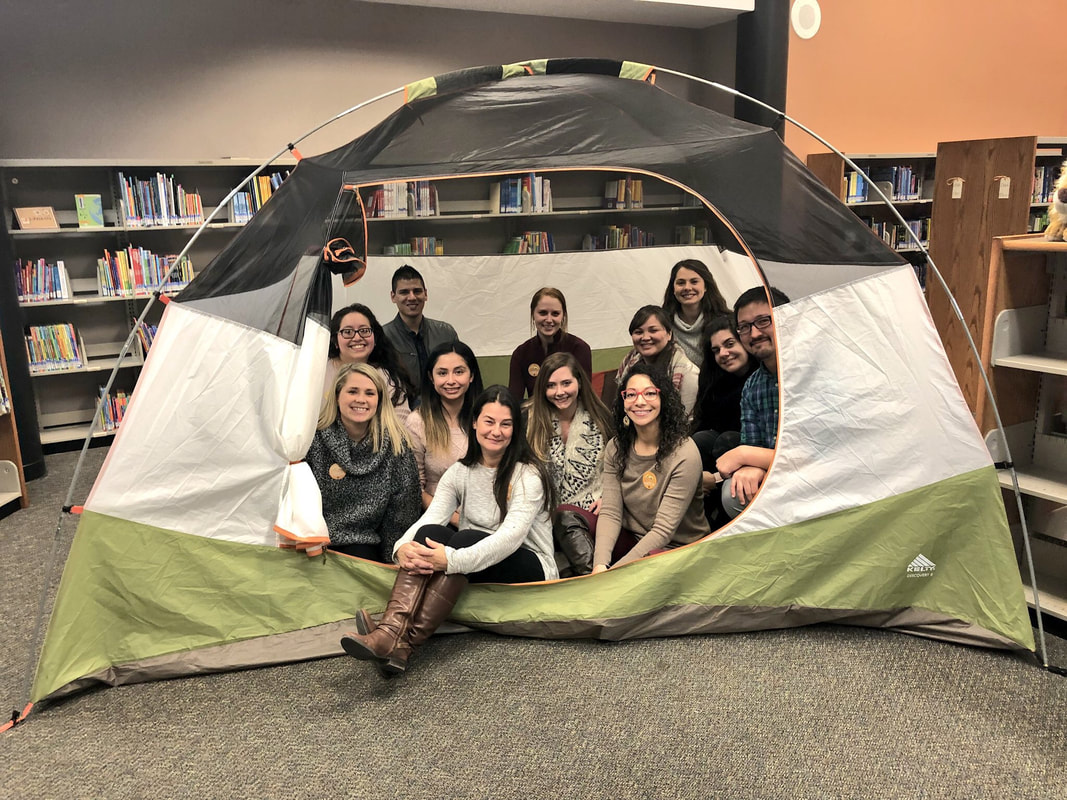 Fellows and campus leaders campout for the afternoon at Lone Tree Elementary in Lone Tree, Colorado outside of Denver (Back Row: Vanessa Roper - Kiest Elementary, Alexander Vela - Umphrey Lee Elementary, Courtney Rogers - PL Central Team, Carmen Sanchez - Salazar Elementary, Nicolette Luna - Salazar Elementary, Yoely Alfano - Salazar Elementary. Front Row: Kristen Watkins, Director of Personalized Learning, Krystal Sanchez - Rosemont Elementary, Heather Houston - Rosemont Elementary, Nicole Bixby - Salazar Elementary, Tia Fuentes - Salazar Elementary, Matthew Hight - Joe May Elementary) Interested in planning a learning excursion, but not sure where to start? Whether it is down the road or across the country, here are some things we consider before takeoff - Plan with purpose
We’re excited to re-introduce the PL Toolbox! Back in the summer of 2015, when the PL Coaching and Development rubric was initially created, we immediately knew we needed to unpack what these teacher actions and student actions looked like across proficiency levels. With the help of our school leaders and teachers, we set out to create look-fors for each rubric row, resources, and professional development aligned to each rubric row. Over the past three years we have been working to develop resources and tools to help educators make the shift from a more traditional to personalized environment. After a few fail attempts of sharing this in a meaningful way, the PL Toolbox was born. To learn more about the rubric and toolbox, make sure to check out the introduction video below: If you’ve visited and used the PL Toolbox in the past, you’ll notice a few upgrades:
It's here- the next iteration of the Dallas ISD Personalized Learning (PL) Coaching and Development Rubric! We've learned a lot over the past three years about what it takes to provide students with a personalized environment in the classroom as well as what kind of supports teachers need in transitioning to PL. Since inception, this tool has served as the centerpiece for the training and support teachers receive and as a personal guide through implementation. We're proud that over the years, this tool has remained non-evaluative in nature and one that folks are continuing to use to refine their own practice. After spending the last couple months reflecting alongside our school leaders and teachers and revisiting the four domains and sixteen teacher and student actions, we're ready to share our lessons learned. Below you'll find, lessons learned, revisions, and rationale for changes to the next iteration of the PL Coaching and Development rubric by domain. Click here to download the extended rubric. Assessment and Data Updates are reflected in green below. The biggest upgrade to the Assessment and Data domain is that the original phase 2 and 3 have been swapped so that student feedback is prioritized before addressing authentic assessments. In year one of implementation, we quickly realized what an oversight this was on our part, and how important timely, frequent, and specific feedback is for the learning process. When the rubric was initially drafted in the summer of 2015, we were optimistic about authentic assessments as something we'd achieve by year two. After spending almost four months digging in, we also realized that in order to ask students to demonstrate learning through authentic formative and summative assessments, we first had to have aligned and rigorous formative and summative assessments- which is something we're still working on. 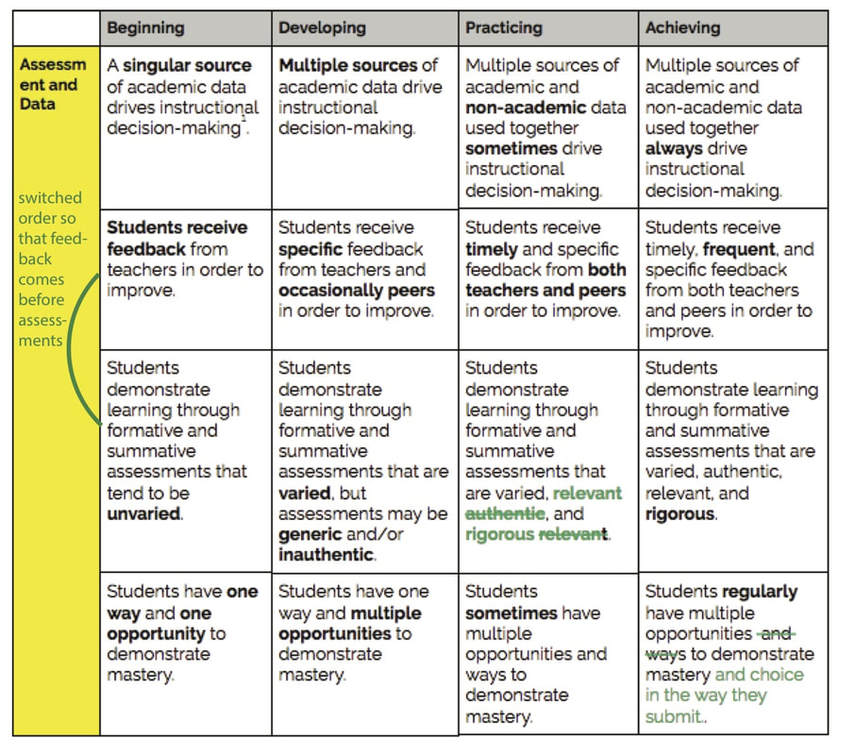 Instructional Rigor Updates are reflected in green below. When retooling the Instructional Rigor domain, we swapped the original phase 1 and phase 2 so that student access to varied and rigorous learning experiences was first. Many of our teachers in focus groups pointed out that having differentiated learning objectives in phase 1 was actually harder than creating varied learning experiences. They also pointed out that when transitioning to personalized learning, that it was manageable to write one learning objective and build the muscle first in creating varied learning experiences. Student grouping intientially lived in this domain, but when we made the decision to give Equity it’s own domain, we knew this indicator belonged there. Student Agency Updates are reflected in green below. What perhaps is one of the biggest lessons learned over the first two years of implementation, is how difficult it can be to set and truly monitor progress towards individual academic and non-academic goals with every student. Before personalized learning, teachers consistently set class goals and/or targets for groups of students that were similar to '80% of us will pass the <insert grade level and content> STAAR test' for the XXXX school year. When making the shift from class or grade level goals to individual goal-setting, we took for granted the role trust plays into empowering students to set academic and non-academic goals that are meaningful. For this next iteration of the rubric, we've incorporated an additional row to reflect this teacher move. Classroom Culture Updates are reflected in green below. This domain originally felt heavy on side of compliance and one we thought needed more joy! In this next iteration of the rubric we cleaned up some of the indicators in the practicing and achieving column to highlight more celebrations and students who are joyfully engaged. In the class row, we refer to as 'belonging' we added students defining their own purpose for the achieving proficiency level and then shifted the original descriptors down (to the left) a proficiency level. Equity
Updates are reflected in green below. For us, adding equity to the next iteration of the rubric was necessary, but we spent most of our time debating on where equity would live within the rubric. As a result, we decided to intentionally call out what equity looks like in a PL classroom, specifically around bias, identity, access, and expectations. We are hopeful this domain serves as a starting point for action and reflection over a topic that can be challenging and uncomfortable at times, but is ultimately at the heart of what is right by kids. |
Brought to you by the Personalized Learning Department at the Dallas Independent School District.
Categories
All
Archives |

This work is licensed under a Creative Commons Attribution-NonCommercial-ShareAlike 4.0 International License.
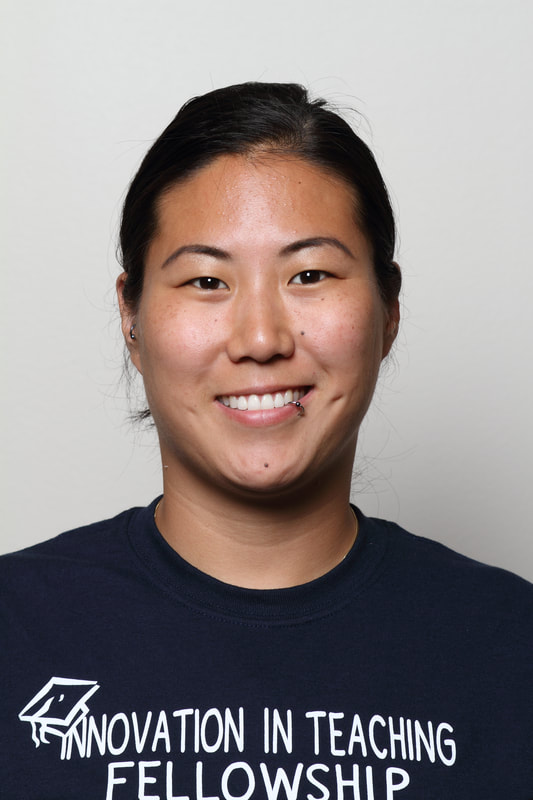
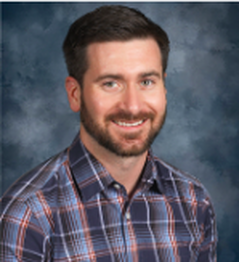
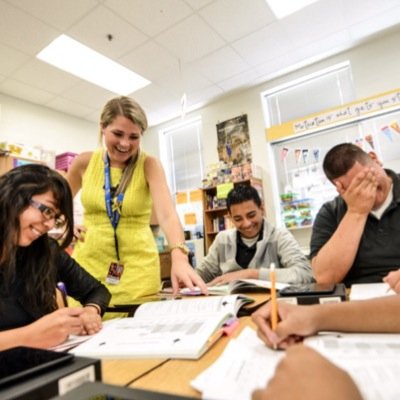
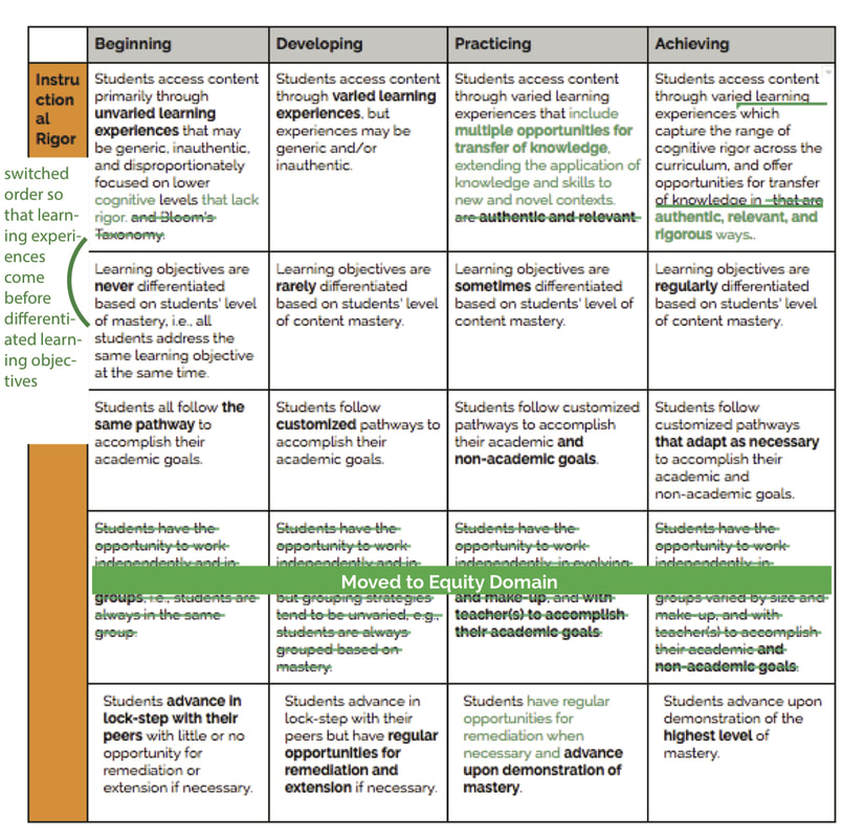
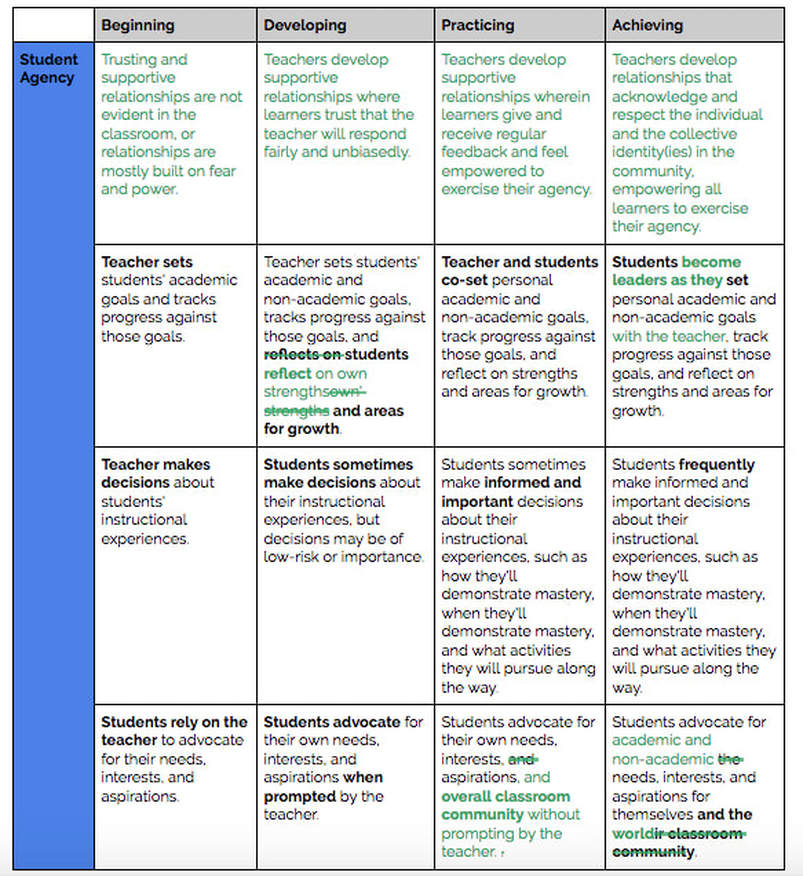
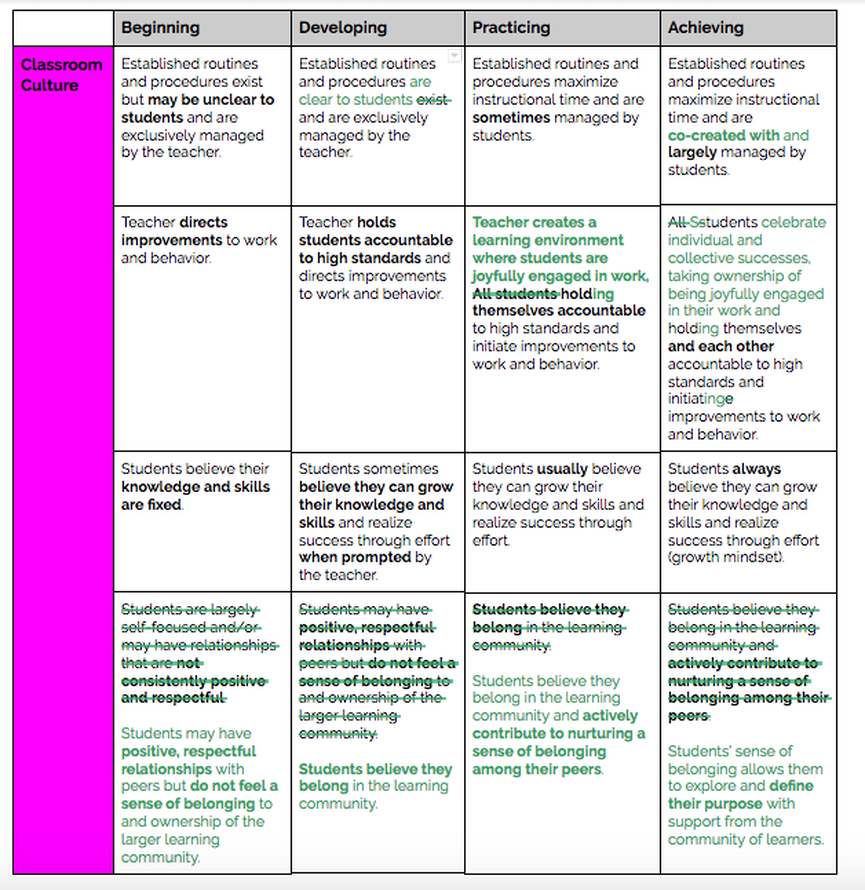
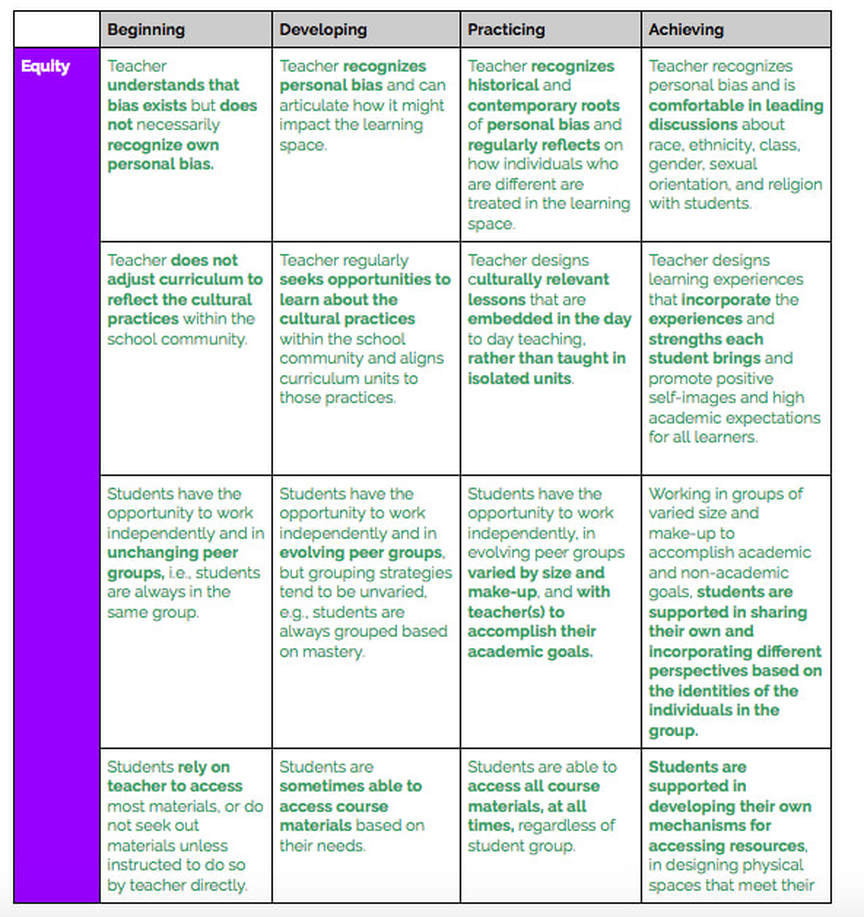
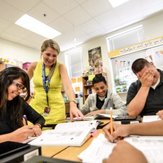
 RSS Feed
RSS Feed
